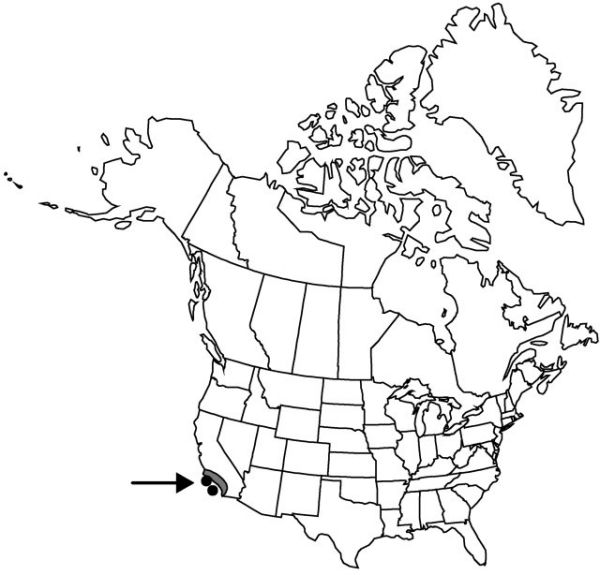Difference between revisions of "Calochortus catalinae"
Proc. Amer. Acad. Arts 14: 268. 1879.
FNA>Volume Importer |
FNA>Volume Importer |
||
| Line 12: | Line 12: | ||
|name=Mariposa catalinae | |name=Mariposa catalinae | ||
|authority=(S. Watson) Hoover | |authority=(S. Watson) Hoover | ||
| + | |rank=species | ||
}} | }} | ||
|hierarchy=Liliaceae;Calochortus;Calochortus catalinae | |hierarchy=Liliaceae;Calochortus;Calochortus catalinae | ||
| Line 36: | Line 37: | ||
-->{{#Taxon: | -->{{#Taxon: | ||
name=Calochortus catalinae | name=Calochortus catalinae | ||
| − | |||
|authority=S. Watson | |authority=S. Watson | ||
|rank=species | |rank=species | ||
| Line 51: | Line 51: | ||
|publication year=1879 | |publication year=1879 | ||
|special status= | |special status= | ||
| − | |source xml=https://jpend@bitbucket.org/aafc-mbb/fna-data-curation.git/src/ | + | |source xml=https://jpend@bitbucket.org/aafc-mbb/fna-data-curation.git/src/f50eec43f223ca0e34566be0b046453a0960e173/coarse_grained_fna_xml/V26/V26_180.xml |
|genus=Calochortus | |genus=Calochortus | ||
|species=Calochortus catalinae | |species=Calochortus catalinae | ||
Revision as of 20:47, 16 December 2019
Plants usually bulbose; bulb coat membranous. Stems usually branching distally, ± flexuous, 2–6 dm. Leaves: basal withering, 1–3 dm; blade linear. Inflorescences 1–few-flowered; bracts opposite pedicel, 2–10 cm. Flowers erect; perianth open, broadly campanulate; sepals with purple blotch near base, lanceolate, 2–3 cm, apex acuminate; petals white tinged with lilac, with purple blotch near base, usually obovate, ± concave, 2–5 cm, glabrous except few hairs near base, apex obtuse; glands oblong, not depressed, densely hairy, hairs branching; filaments 8–10 mm; anthers lilac, oblong, 4–5 mm. Capsules erect, narrow-oblong, rounded in cross section, 2–5 cm, apex obtuse. Seeds light yellow, translucent, flat. 2n = 14.
Phenology: Flowering spring–early summer.
Habitat: Heavy soil, open grassy slopes, openings in brush
Elevation: less than 700 m
Discussion
Calochortus catalinae is increasingly threatened by habitat loss.
Selected References
None.

